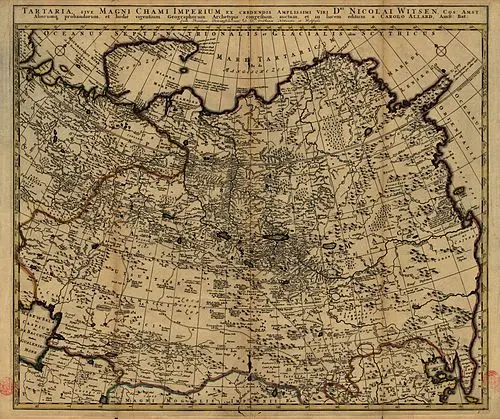Introduction: More Than Stone and Sand
Imagine a monument so ancient it challenges our understanding of time, technology, and purpose. The Great Pyramid of Giza in Egypt is not just a wonder of the ancient world — it's a colossal enigma that continues to intrigue archaeologists, engineers, and curious minds around the globe. But what do we really know about it? And more importantly: what aren’t we being told?
Standing for over 4,500 years, this monumental pyramid holds not only the remains of a pharaoh — if that — but secrets that could reshape how we view human history, advanced engineering, and even spirituality. In this article, we’ll explore the hidden mysteries of the Great Pyramid — and why they still matter today.
1. An Engineering Feat Still Unmatched
Did you know the Great Pyramid was built with over 2.3 million stone blocks, each weighing around 2.5 tons? Many of these blocks were transported over 800 kilometers. How did a Bronze Age civilization accomplish this without cranes, wheels, or steel?
Some of the main theories include:
-
Massive ramp systems: Still unproven, though often cited.
-
Lost techniques of acoustic levitation: Studied by fringe researchers, but remain speculative.
-
Extraterrestrial intervention: While controversial, this theory highlights the mystery behind the pyramid’s astonishing precision.
Modern example: If we tried to rebuild the pyramid today using advanced technology, it would still take years and billions of dollars — and we might not replicate the original celestial alignment.
SEO Tip: Learn more: How the Egyptians built the pyramids
2. Cosmic Alignment: A Window to the Stars
The Great Pyramid is aligned to the four cardinal directions with astounding precision. Furthermore, it appears to be connected to the Orion constellation, especially Orion’s Belt — associated with the god Osiris, ruler of the afterlife.
Recent studies have shown:
-
Internal shafts align with specific stars.
-
Its geographic location is near the center of Earth’s landmass.
-
Mathematical proportions within the pyramid reflect Pi (π) and the Golden Ratio, suggesting advanced knowledge of geometry.
Modern connection: Architects and engineers are rediscovering harmonic proportions in sustainable design — proving ancient wisdom can still lead today’s innovations.
3. Energy and Purpose: Tomb or Machine?
Mainstream Egyptology tells us the pyramid was built as a tomb for Pharaoh Khufu (Cheops). But here’s the paradox: no body was ever found inside. So, what was its true purpose?
Alternative Theories:
-
Power generator: Its granite chambers, rich in quartz, may have had piezoelectric properties.
-
Spiritual initiation temple: The narrow passages and chamber system may have been used in consciousness transformation rituals.
-
Geodetic map of the Earth: Some believe it encodes mathematical data about Earth’s circumference, solar distances, and more.
These theories provoke a deeper question: what else are we missing about ancient structures?
Backlink suggestion: The Great Pyramid as an Energy Machine
4. Secret Codes in Stone
Thanks to modern technology like laser scanning and particle detection (muon tomography), researchers have discovered hidden chambers within the pyramid — including a massive void above the Grand Gallery, revealed in 2017. What's inside? We still don't know.
Other mysterious elements include:
-
Geometric relationships between the pyramid’s dimensions and Earth’s scale.
-
Unusual symbols and markings that don't match typical hieroglyphics.
-
The idea that the pyramid might be a stone record of forgotten knowledge.
This mystery adds a whole new dimension to the structure — as if it’s a book written in stone, waiting to be decoded.
5. Lessons for the Modern World
The real question isn’t just “how did they build it?” but rather “what can we learn from it today?” Here are a few practical insights:
-
Long-term thinking: The pyramid was built to last for millennia. In a world driven by short-term gains, that’s a radical mindset.
-
Purpose-driven collaboration: Thousands worked together on something greater than themselves — a valuable lesson in an age of individualism.
-
Harmony with the cosmos: The ancients saw the Earth and stars as interconnected — a worldview we are just beginning to rediscover.
6. Why These Mysteries Still Matter
You don’t need to be an Egyptologist to be fascinated by the Great Pyramid. You just need to be curious. Understanding that not everything fits into tidy explanations invites us to think more broadly about:
-
Our true origins
-
The possible existence of advanced lost civilizations
-
The spiritual dimensions of ancient architecture
-
Applying ancient knowledge to modern life
Conclusion: What Will You Do With This Knowledge?
The secrets of the Great Pyramid challenge us to go beyond just consuming information — they invite us to become seekers of wisdom. This isn’t only about admiring the past — it’s about bringing its power into the present.

.png)








